Hyundai Worldwide Global Navigation
- Go to Global Distributors page
- KR
-
SearchRecommended search terms
Robotics Uniting Humans and Robots - Hyundai Motor Group and Boston Dynamics’ Vision For the Future of Work and HR Evolution
Please use Safari to download the files.
Uniting Humans and Robots - Hyundai Motor Group and Boston Dynamics’ Vision For the Future of Work and HR Evolution
In a test facility near Boston Dynamics’ headquarters in Waltham, Massachusetts, a robotic arm deftly sorts boxes, placing them gently on a conveyor belt. Nearby, a four-legged robot navigates rocky terrain, opening a door and remaining upright despite the forces being exerted on it – a seemingly simple task for a human, but highly complex for a robot. In another room, this is taken to the next level as a humanoid robot rises from the floor with life-like movement.
These remarkable achievements in engi neering and design highlight the transformative potential of autonomous robotics. Hyundai Motor Company (Hyundai Motor) and Boston Dynamics – a key technology affiliate of Hyundai Motor Group (the Group) – are collaborating to make this almost limitless potential a reality, bringing robotics to the workplaces of the future.
At the heart of these advancements is a commitment to creating human-centered environments where robots and humans work alongside each other seamlessly. Robots take on tasks that are repetitive, hazardous or physically demanding, allowing humans to focus on high-value work that requires creativity and innovation.
Shaping this transformation from a human resources perspective is Hyundai Motor Company's Chief Human Resources Officer (CHRO) and Executive Vice President, Hae In Kim, who envisions a future where robots not only enhance productivity but also make workplaces safer, more sustainable and more fulfilling.
This vision was brought to life during a recent visit to Boston Dynamics, with demonstrations of autonomous robots including Spot, Atlas, and Stretch, and in-depth discussions on robotics-driven workplace evolution. The event underscored the pivotal role of HR leaders in managing these changes and the integration of autonomous robotics as workplaces around the globe evolve.
The integration of robotics into the workforce comes at a critical moment. Labor shortages due to factors such as an aging workforce and post-pandemic hangovers are straining industries including logistics, manufacturing and automotive.
Boston Dynamic’s Chief Strategy Officer, Marc Theermann, points to the pressing need for ‘Autonomous Mobile Robots’ (AMRs) that are flexible, easy to deploy, and capable of navigating existing facilities without requiring significant infrastructure investment.
The goal, says Theermann, is to create robots that can do what humans do – traverse complex environments, understand their surroundings, and manipulate objects with precision. While this vision will likely take the rest of the decade to fully realize, Boston Dynamics has already made significant strides.
For example, robots like Spot are revolutionizing industries by performing preventive maintenance inspections and navigating hazardous environments. Stretch, meanwhile, alleviates the physical strain of grueling warehouse tasks by handling repetitive picking and placing activities. These innovations transform jobs that were once physically punishing, making the workplace not just more efficient, but also human-centered.
Each of Boston Dynamics’ three flagship robots addresses specific challenges in the workplace:
• Spot: Deployed globally, Spot operates in hazardous environments like nuclear sites, performing inspections and detecting hazards. In factories like Hyundai Motor Group Metaplant America (HMGMA), it conducts off-hour inspections, reads critical shop floor data, identifies anomalies, and detects issues, preventing breakdowns by addressing problems early.
• Stretch: Designed for warehouse operations, Stretch lightens the load of physically demanding tasks, helping employees avoid injuries. According to Theermann, many workers welcome the robot, viewing it as a valuable tool for alleviating the stress of labor-intensive roles.
• Atlas: Still under development, this humanoid robot has the potential to handle complex tasks requiring dexterity and adaptability, hinting at a future where robots and humans collaborate across a wide range of industries.
The benefits are tangible. Spot’s ability to perform inspections as it navigates environments ranging from slippery floors to machinery-packed production facilities has significantly reduced equipment downtime. Spot proves that robotics can deliver value in a range of ways, complementing humans rather than simply replacing them. By identifying and addressing issues proactively, companies can avoid costly disruptions and maintain smoother operations.
Despite the impressive capabilities of these machines, the success of robotics in the workplace hinges on exactly this: the collaboration between humans and robots. The introduction of autonomous mobile robots at HMGMA and HMGICS, for example, is not just a technological shift – it’s a cultural transformation. For this reason, HR professionals play a crucial role in ensuring employees are prepared to adapt to this new way of working.
Organizations must navigate the intricacies of change management, highlighting to employees the true benefits of integrating robots as allies.
“I think it’s meaningful that chief human resource officers – not just those in manufacturing or technology development – are playing a key role in shaping the role of HR in the era of robotics and AI,” said Hae In Kim. “As such, HR in Hyundai Motor Company will continue to remain close to the business as a key strategic partner on this transformational journey.”
Chief Human Resources Officer and Executive Vice President at Hyundai Motor Company
Boston Dynamics is helping to facilitate this transition by encouraging companies to introduce Spot, its approachable dog-like robot, first. Once the novelty of Spot’s presence fades, the human-robot collaboration becomes entirely normal extremely quickly, signifying successful integration into daily operations.
Another key area where HR can play a pivotal role is in upskilling employees and preparing them as a workforce with human-robot collaboration is key. From training programs for ‘robot wranglers’ to consulting on how to design robot-ready facilities, Boston Dynamics continues to help Hyundai Motor in building the workforce of the future.
Hyundai Motor Group has already embraced robotics innovation across its operations, showcasing how human-centered design can transform workplaces:
• Safety and sustainability: From Spot’s inspections in hazardous or hard-to-reach environments to the Hyundai Safety Inspection Robot at HMGICS, robots reduce risks and enhance workplace safety. Wearable robotics like the Hyundai and Kia Robotics Lab X-ble Shoulder further protect workers and reduce injury by supporting strenuous tasks.
• Smarter Operations: Autonomous robots like Hyundai WIA’s Parking Robot streamline processes by maximizing parking space utilization, while the Robotics Lab’s DAL-e Delivery Robot demonstrates how robots can efficiently navigate office environments to perform deliveries, maximizing human employees’ efficiency.
• Integrated Solutions: The Group envisions its Robotics Total Solution model, designed to facilitate human-robot interaction in a variety of contexts, from logistics to building management. Boston Dynamics’ input will be crucial in achieving this vision.
• AI-Powered Collaboration: The Group’s Robotics Lab integrates AI to enable seamless coordination between robots and human workers, optimizing workflows and minimizing inefficiencies.
The robotics revolution is about more than efficiency or cost savings – it’s about creating workplaces that reflect the values of safety, sustainability and human potential. The Group’s vision of a future where humans and robots work together seamlessly is a key part of our commitment to enhancing quality of life through innovation.
It’s clear that the role of HR in the modern era extends beyond its traditional disciplines – at Hyundai it’s about designing workplaces and nurturing a culture where humans and machines coexist harmoniously. Titles like ‘Chief Workforce Integration Officer’ or ‘Chief Work Design Officer’ may soon replace traditional HR roles, highlighting the evolution of the profession to encompass robotics and AI.
That future, led by companies like Hyundai Motor and Boston Dynamics, is unfolding now, bringing with it unprecedented opportunities to redefine the workplace for the next generation.
Dain Kang
di@hyundai.com
Global PR Strategy & Planning · Hyundai Motor Company
Disclaimer: Hyundai Motor Group believes the information contained herein to be accurate at the time of release. However, the company may upload new or updated information if required and assumes that it is not liable for the accuracy of any information interpreted and used by the reader.
About Hyundai Motor Group
Hyundai Motor Group is a global enterprise that has created a value chain based on mobility, steel and construction, as well as logistics, finance, IT and service. With about 250,000 employees worldwide, the Group’s mobility brands include Hyundai, Kia and Genesis. Armed with creative thinking, cooperative communication and the will to take on any challenges, we strive to create a better future for all.
More information about Hyundai Motor and its products can be found at:
http://www.hyundaimotorgroup.com or Newsroom: Media Hub by Hyundai , Kia Global Media Center (kianewscenter.com) , Genesis Global Newsroom
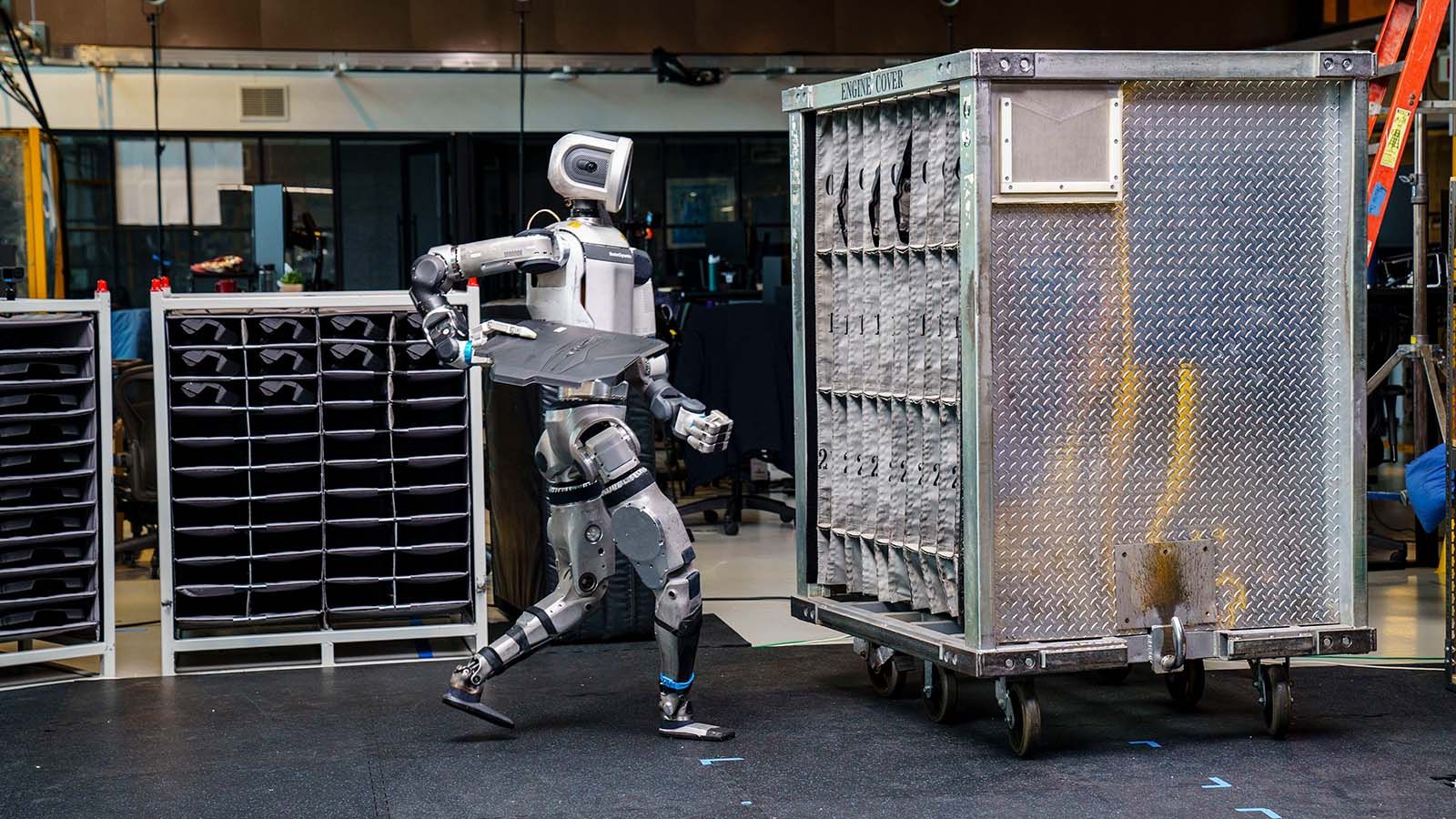
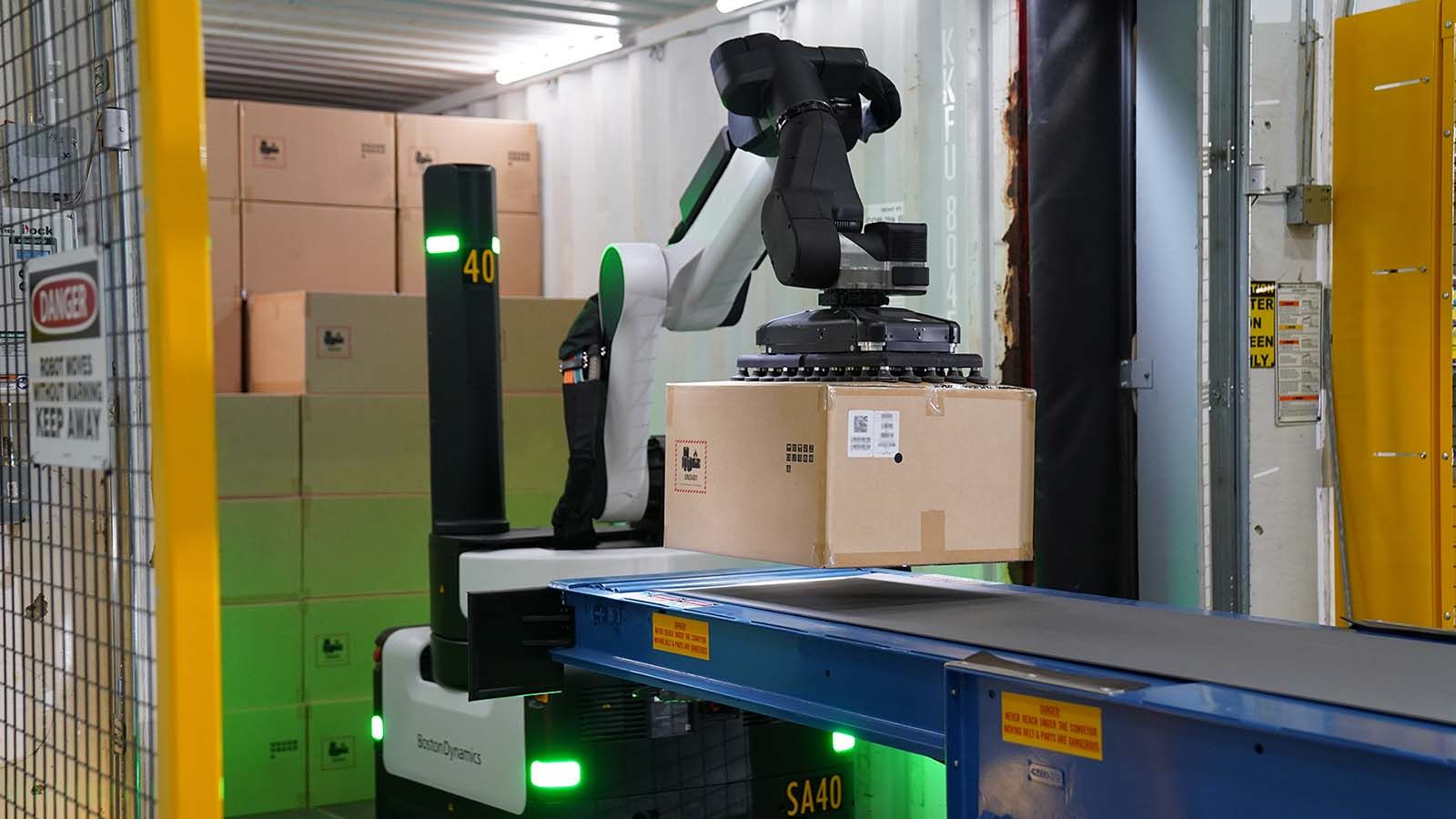
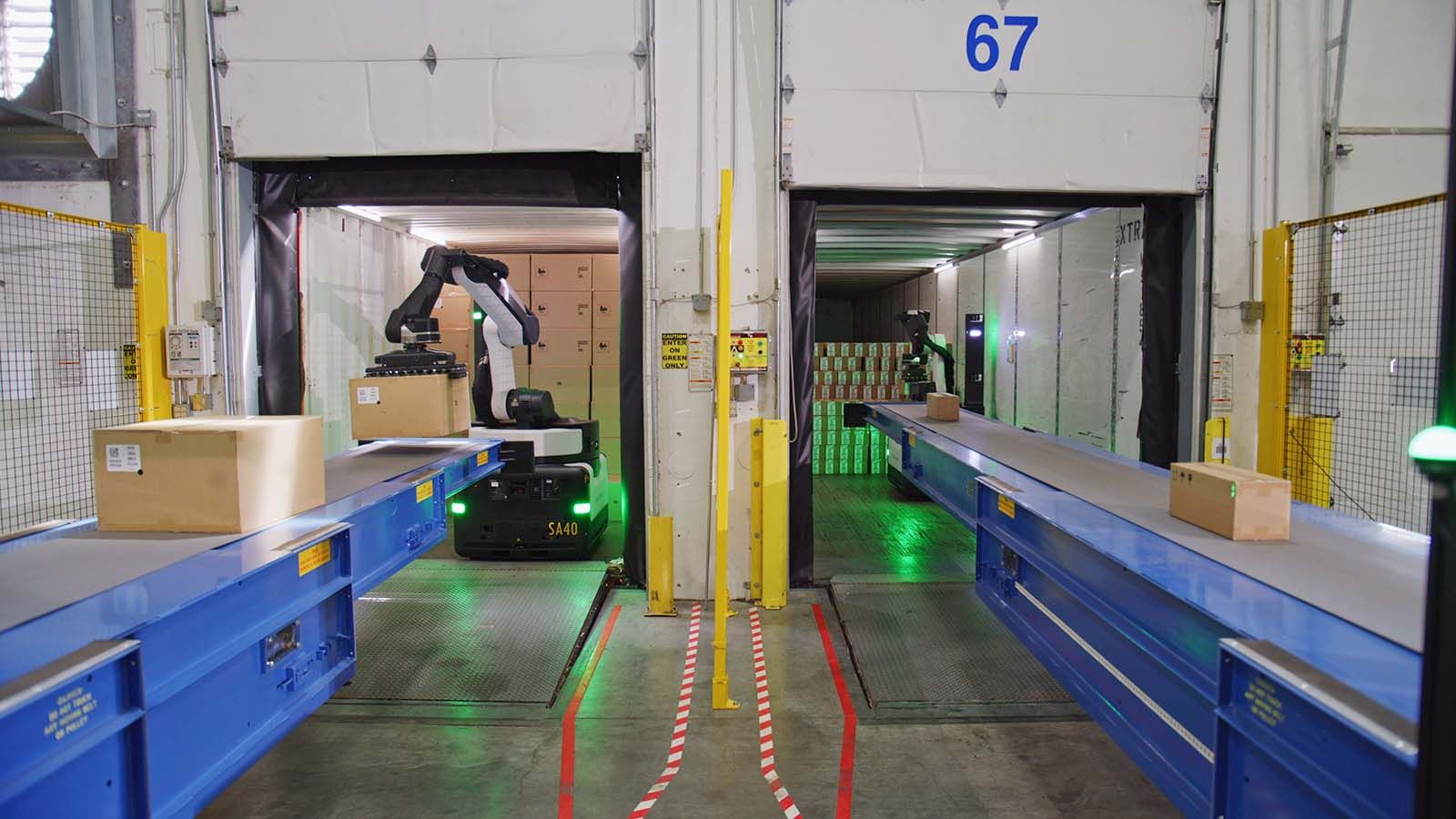
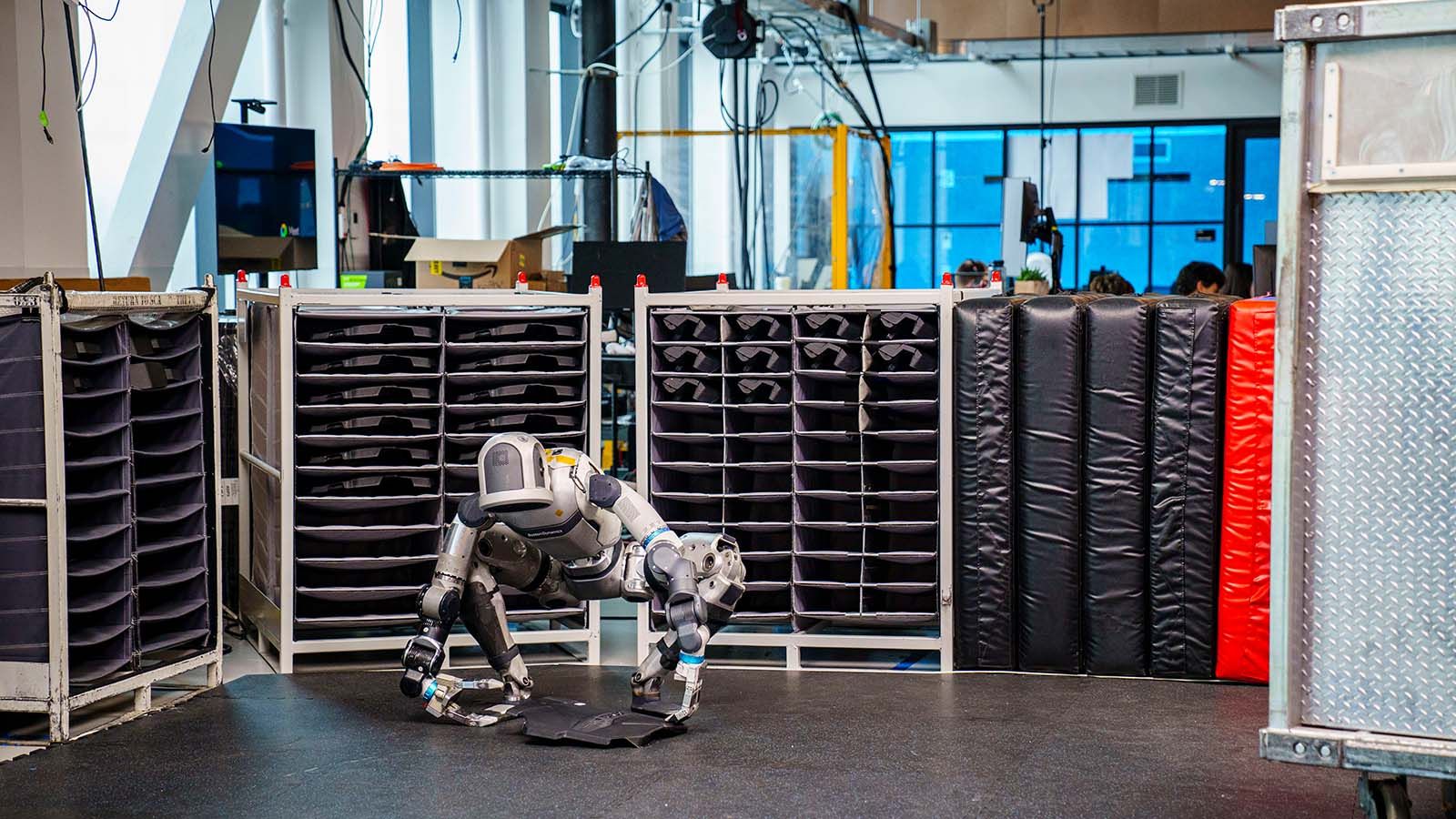
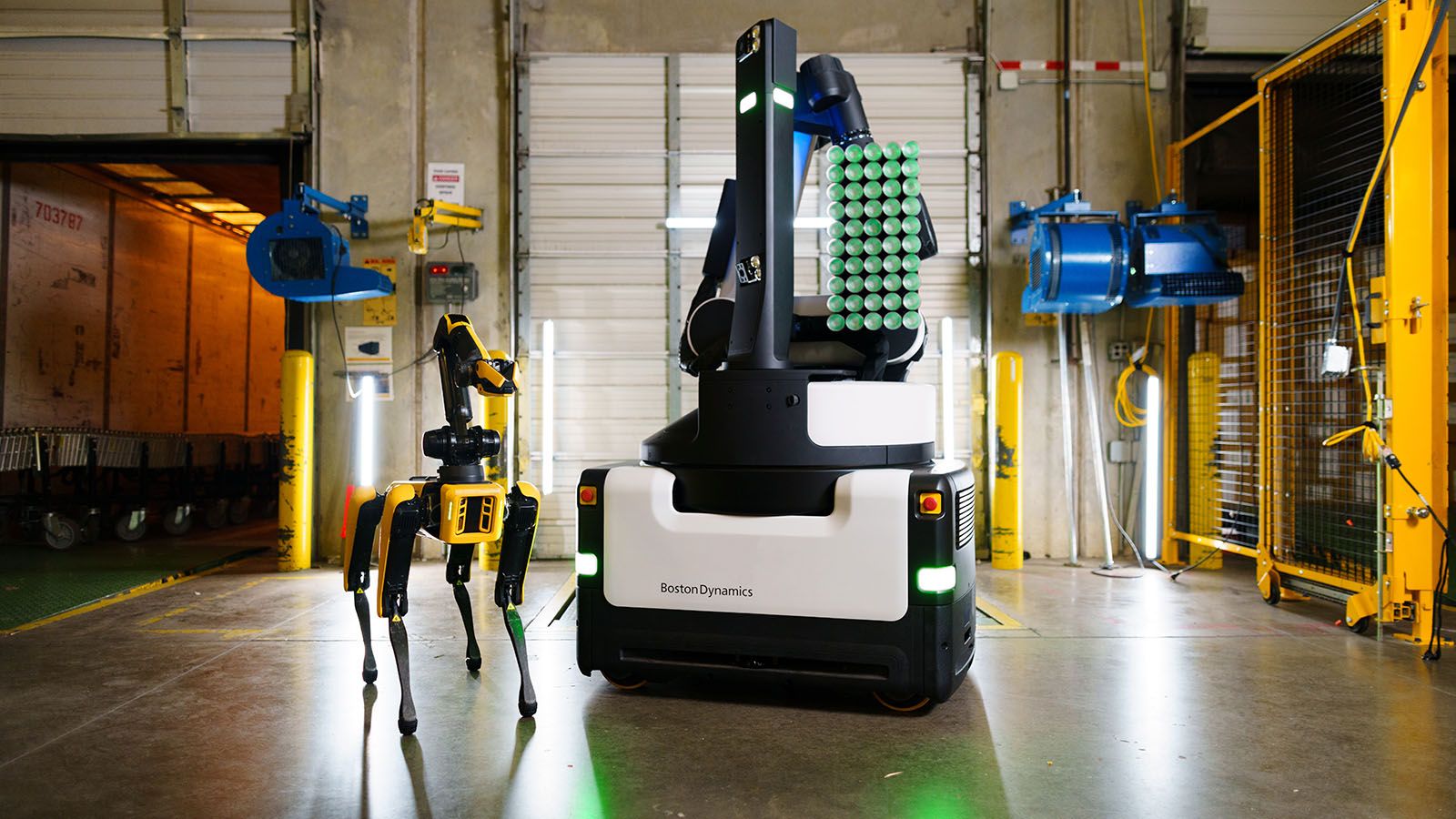
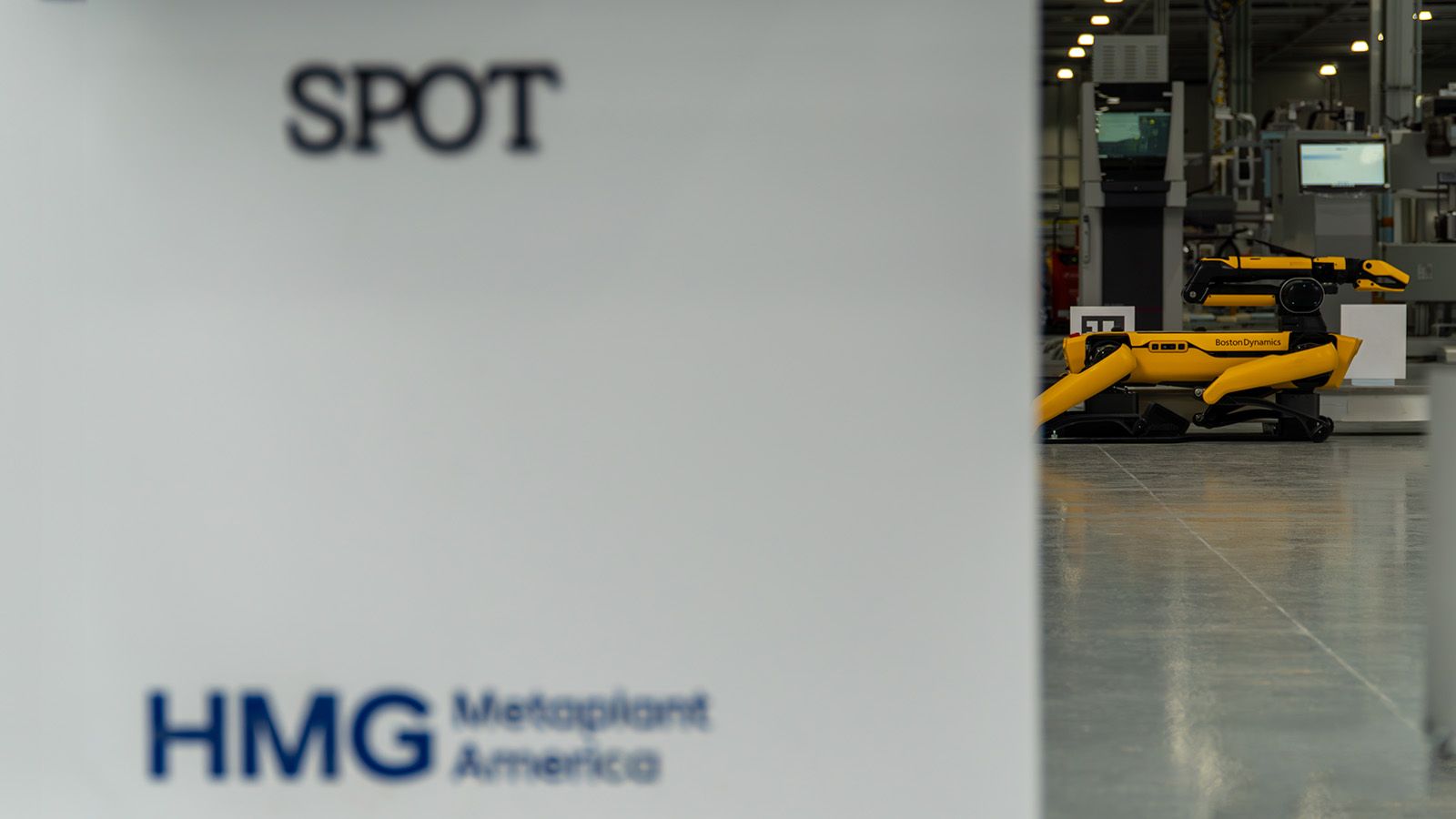
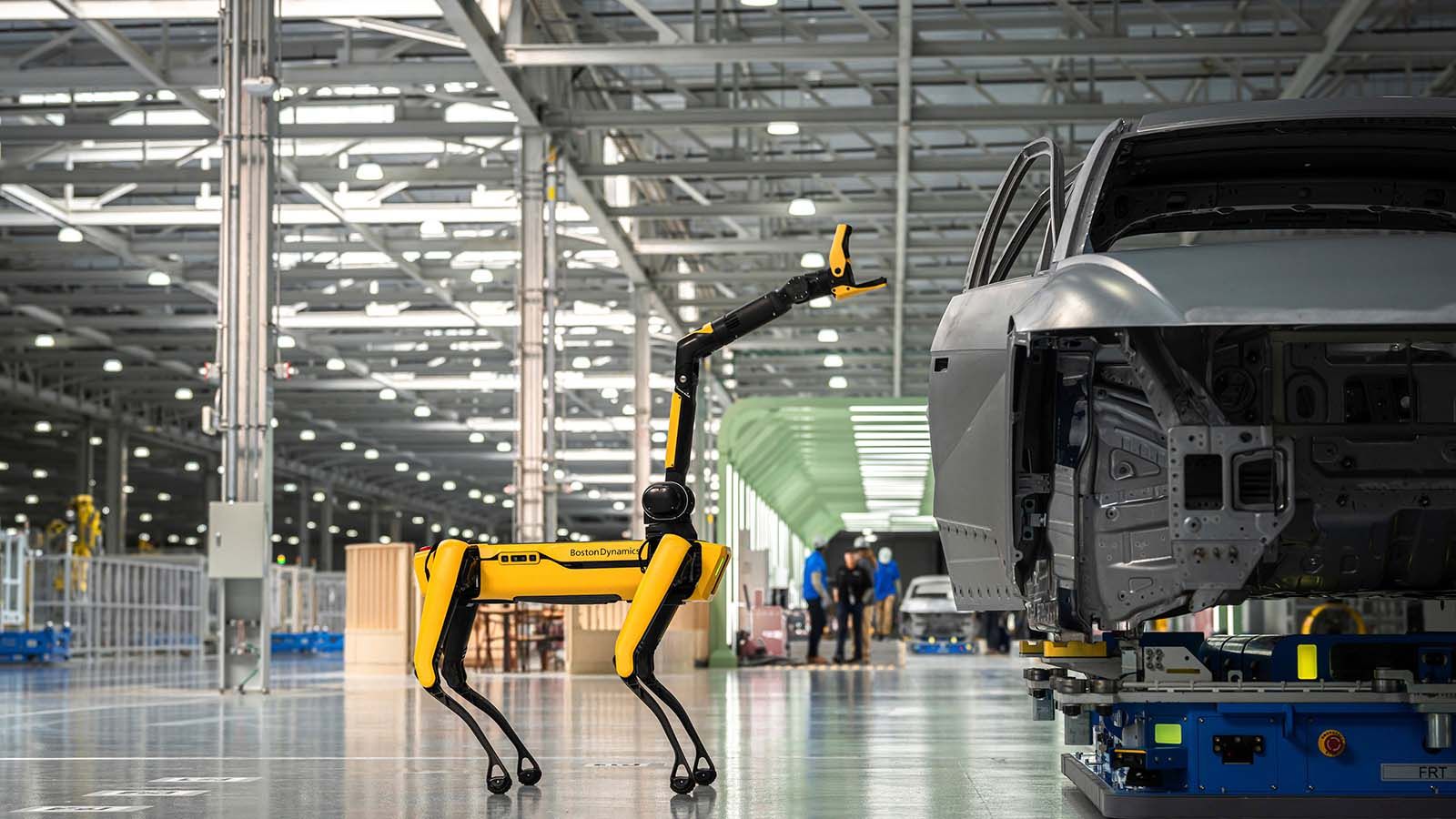
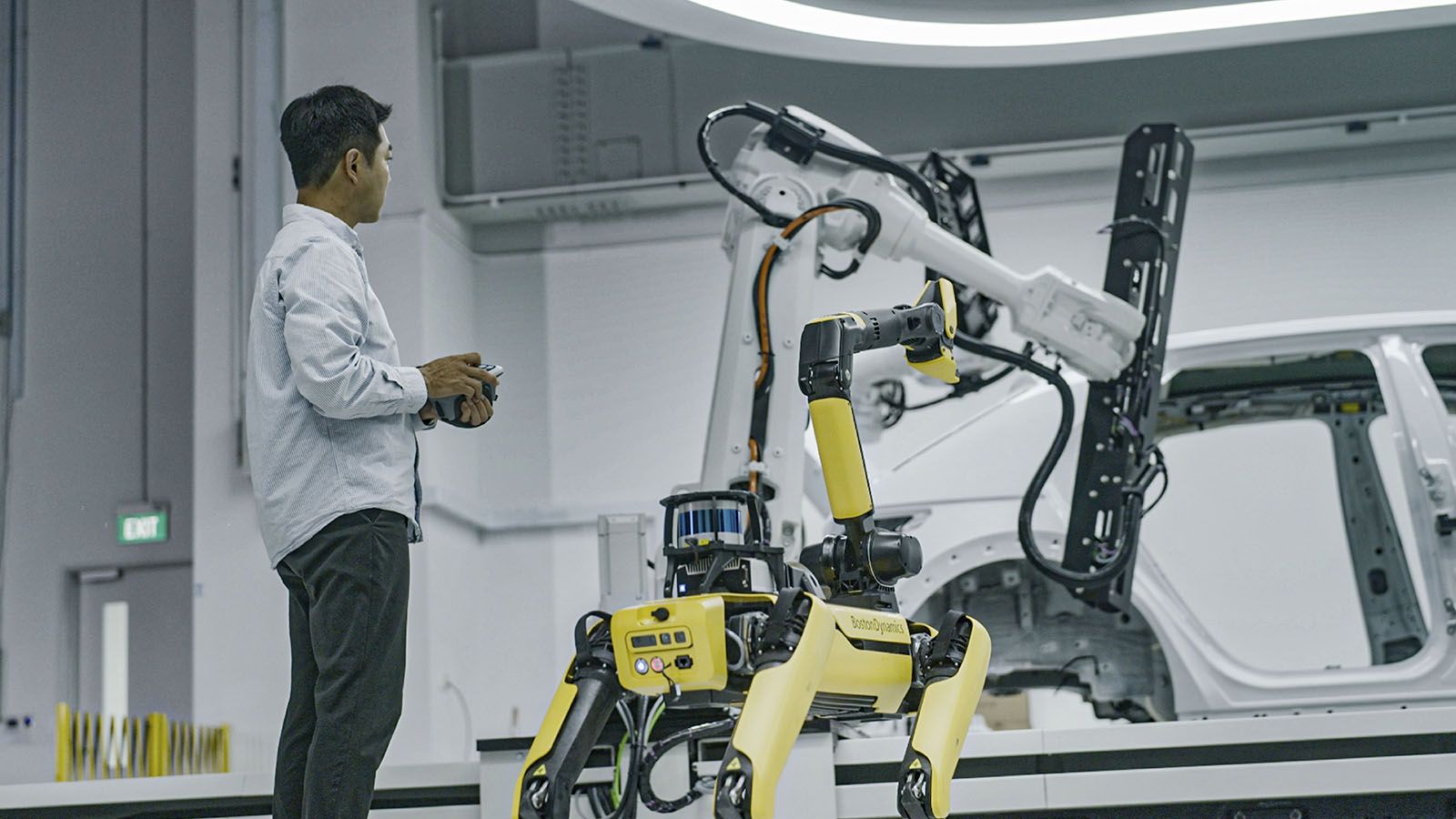
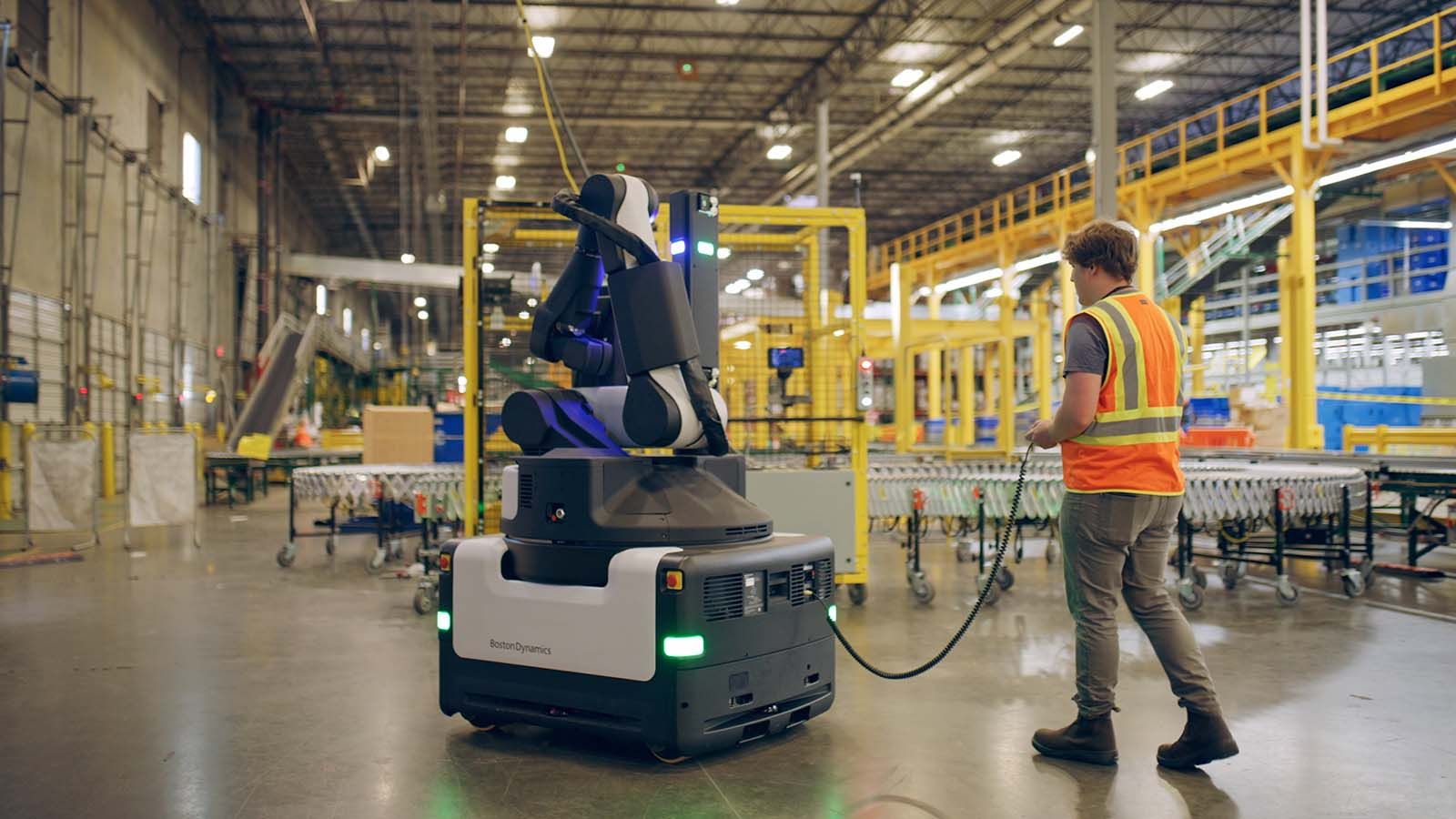
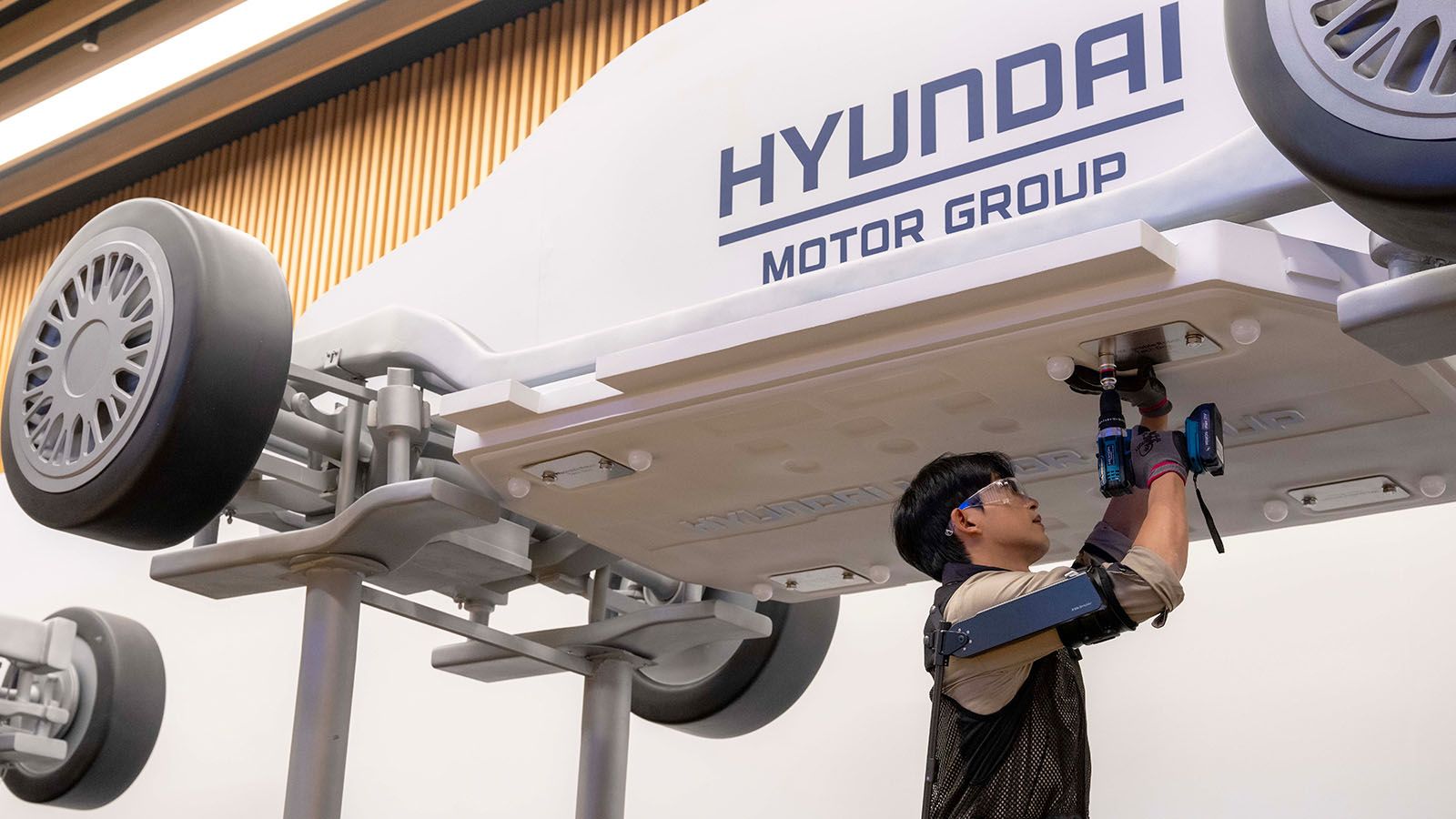
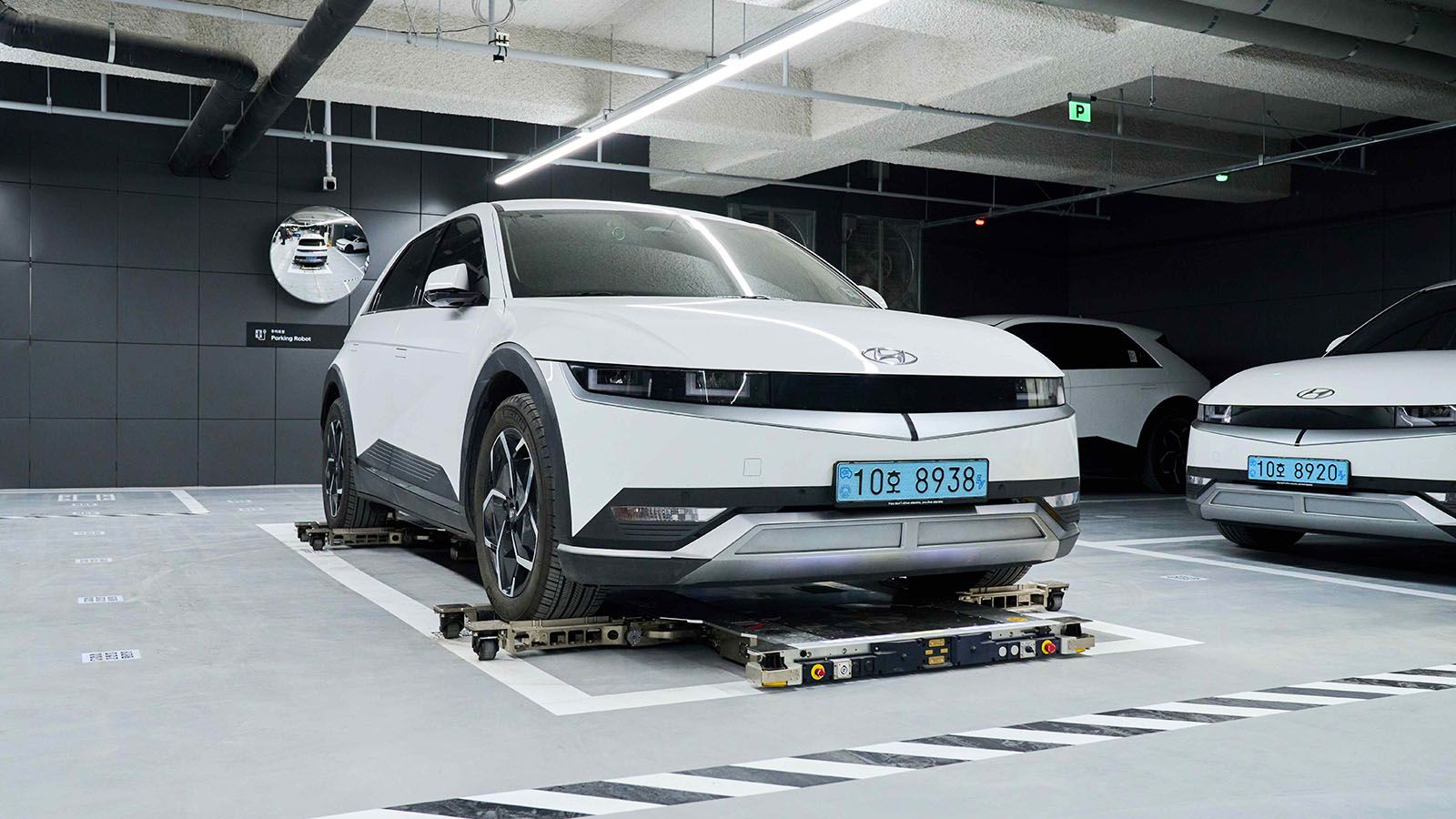
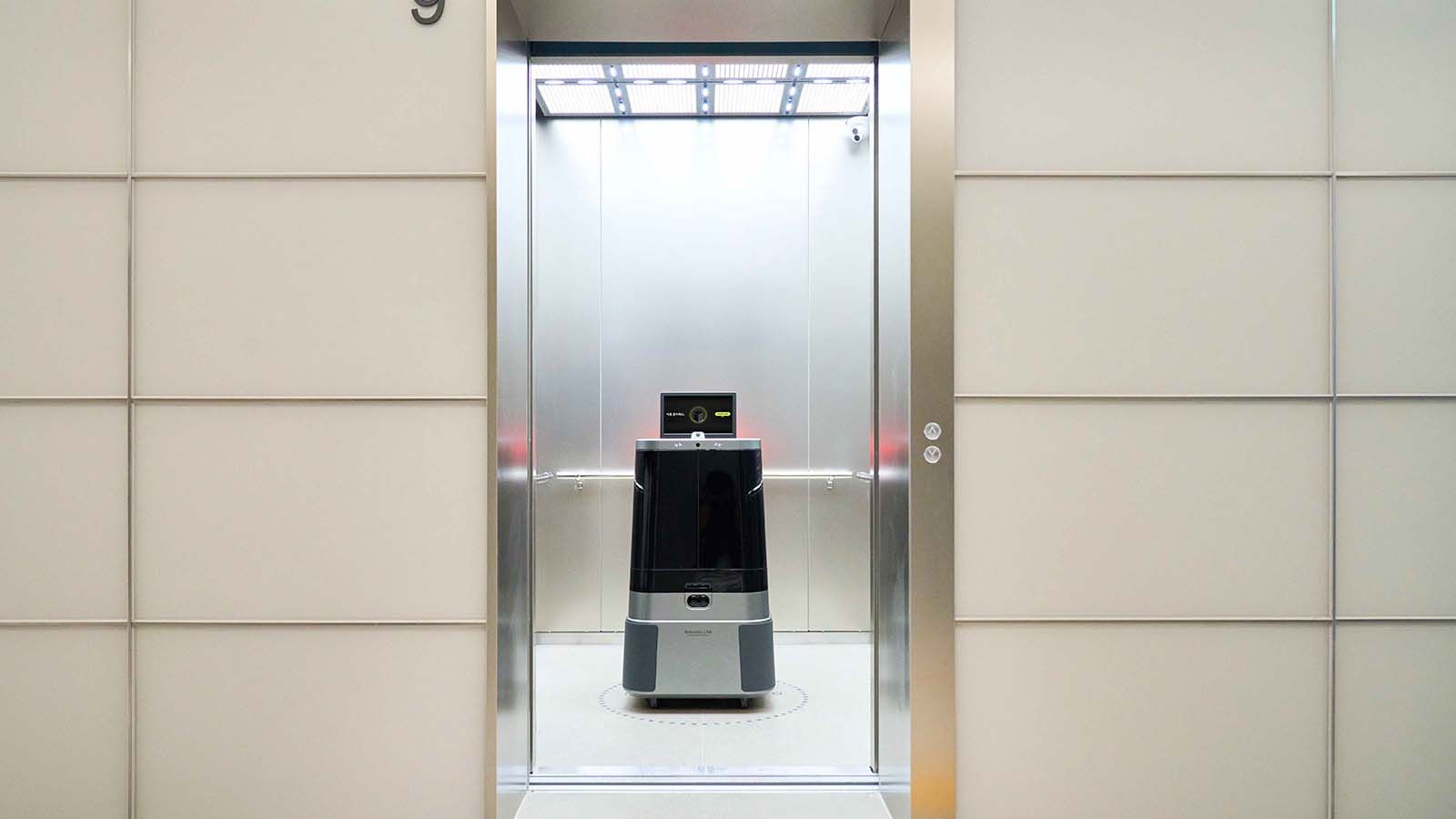
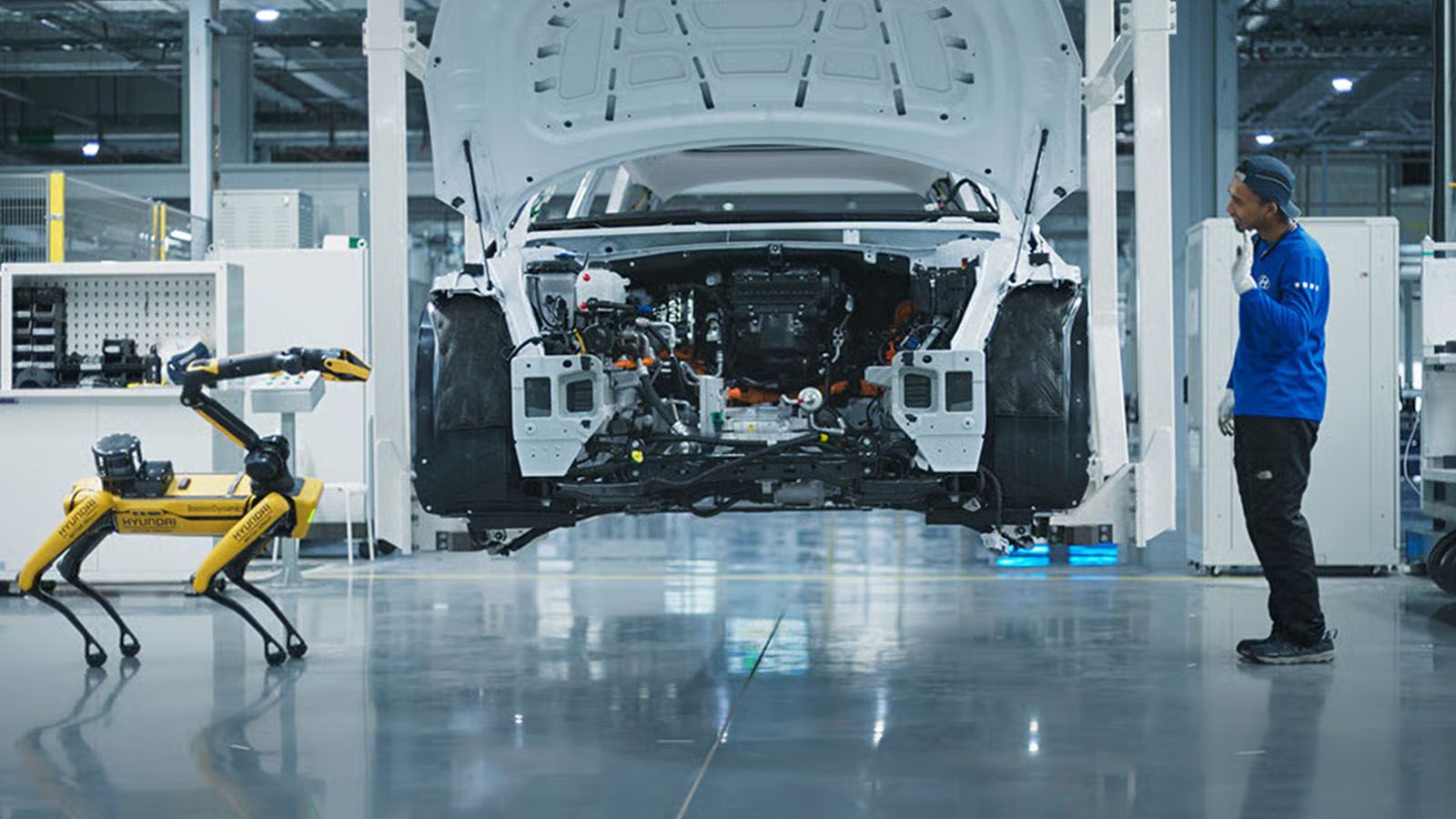
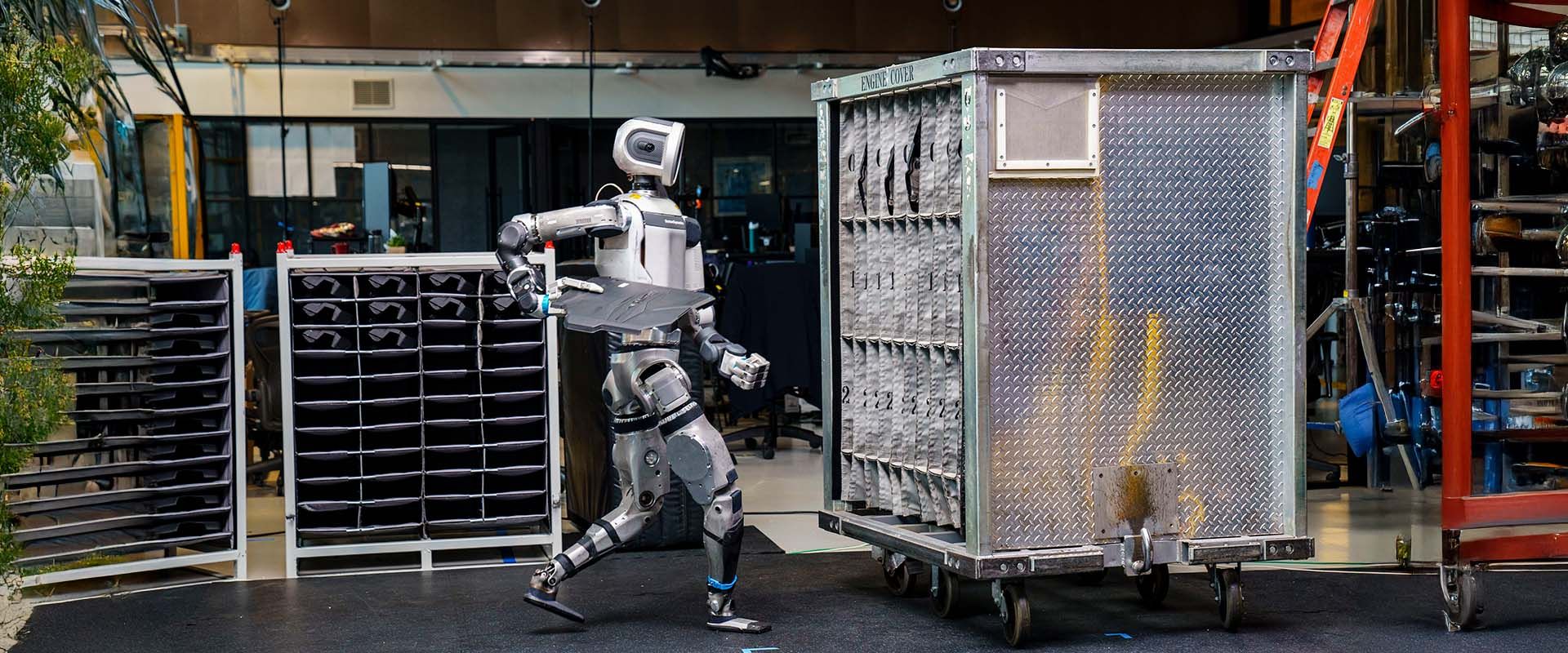
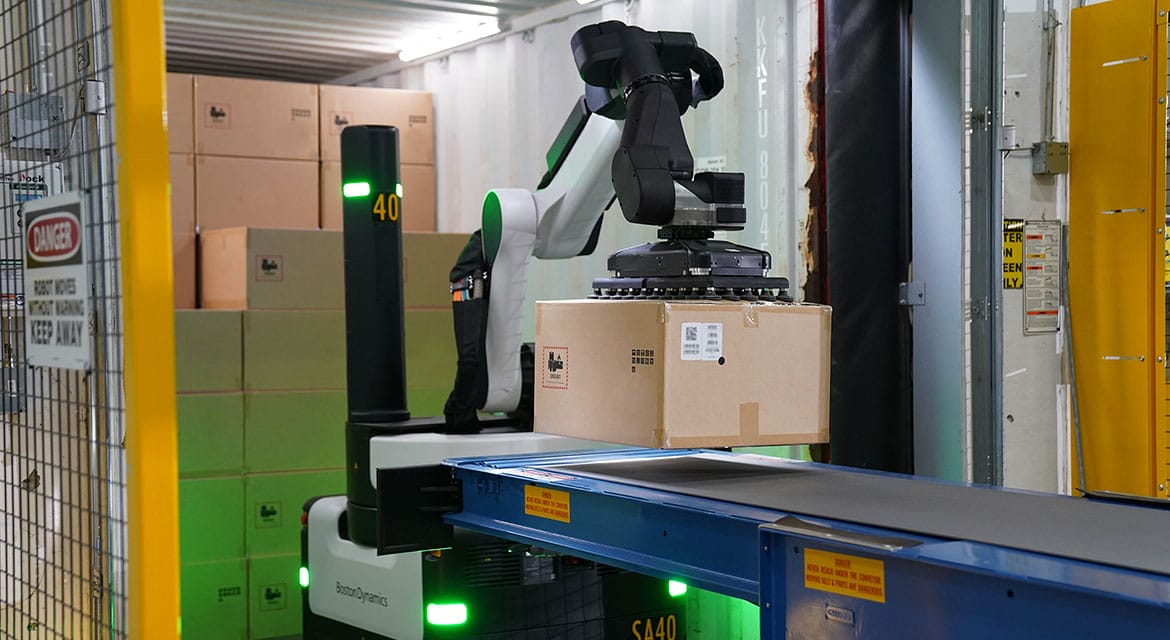 2.6 MB
2.6 MB
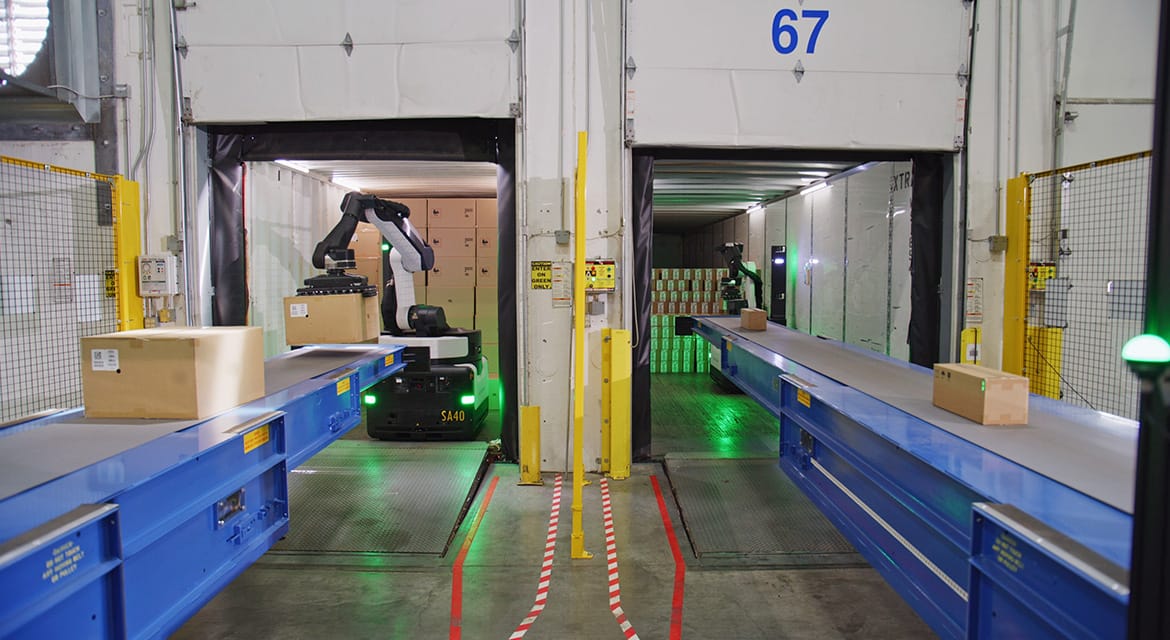 11 MB
11 MB
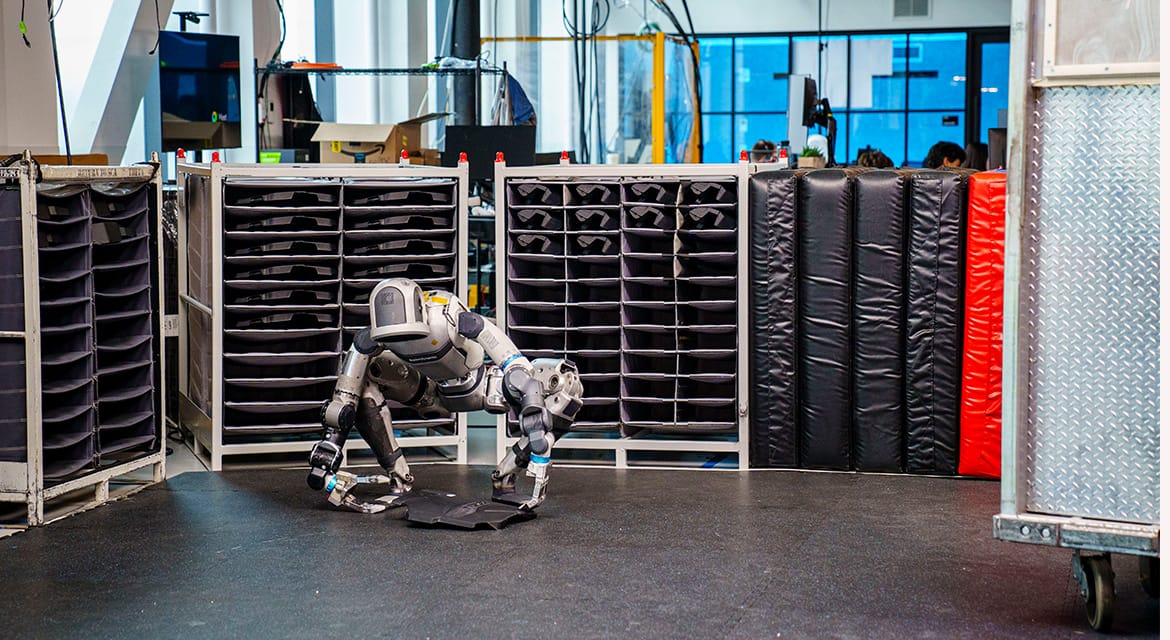 4.5 MB
4.5 MB
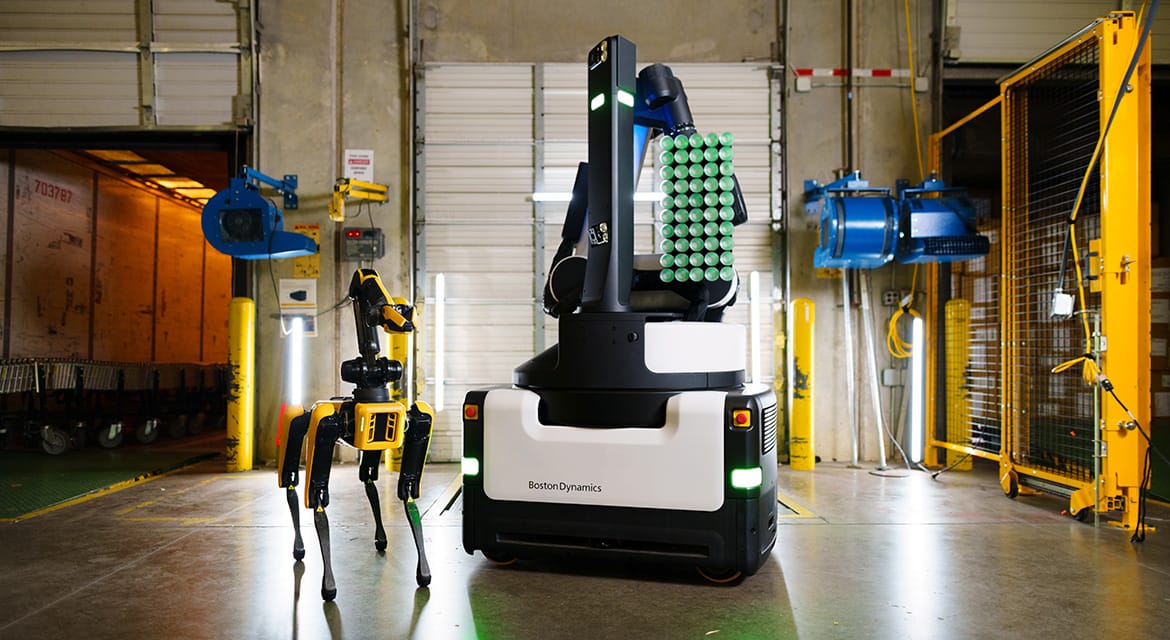 60.3 MB
60.3 MB
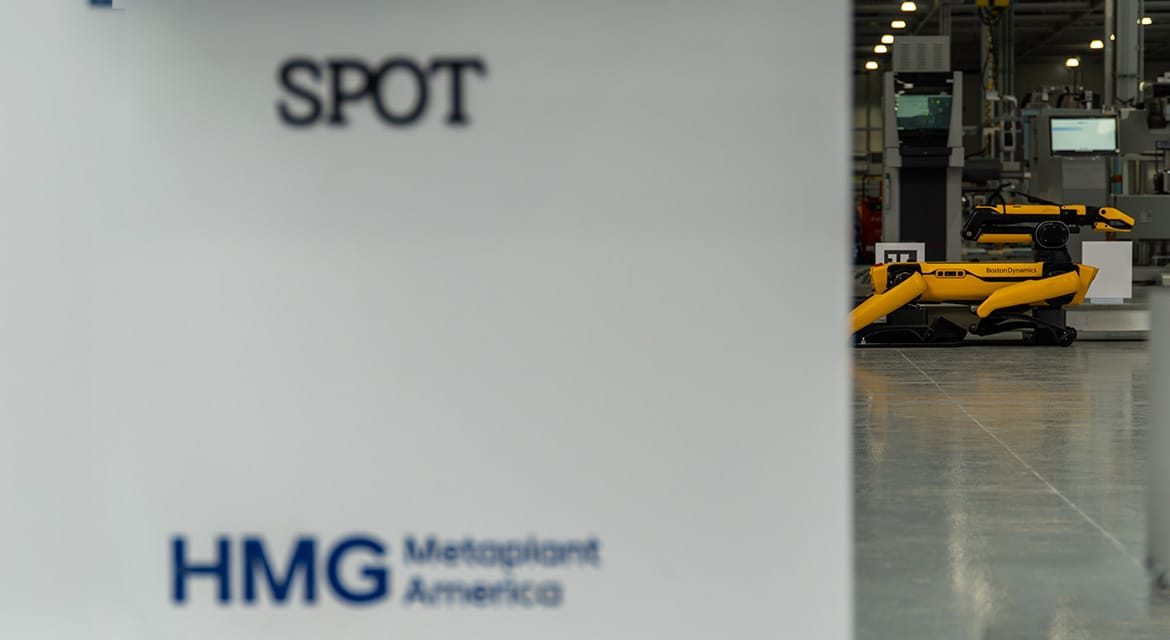 7.3 MB
7.3 MB
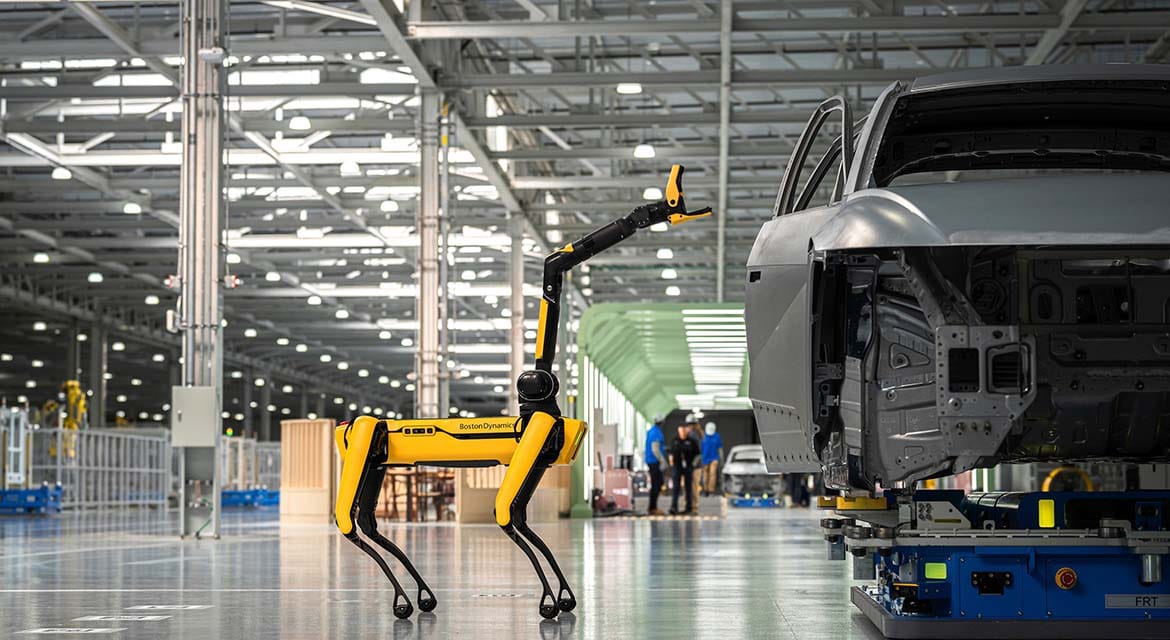 887 KB
887 KB
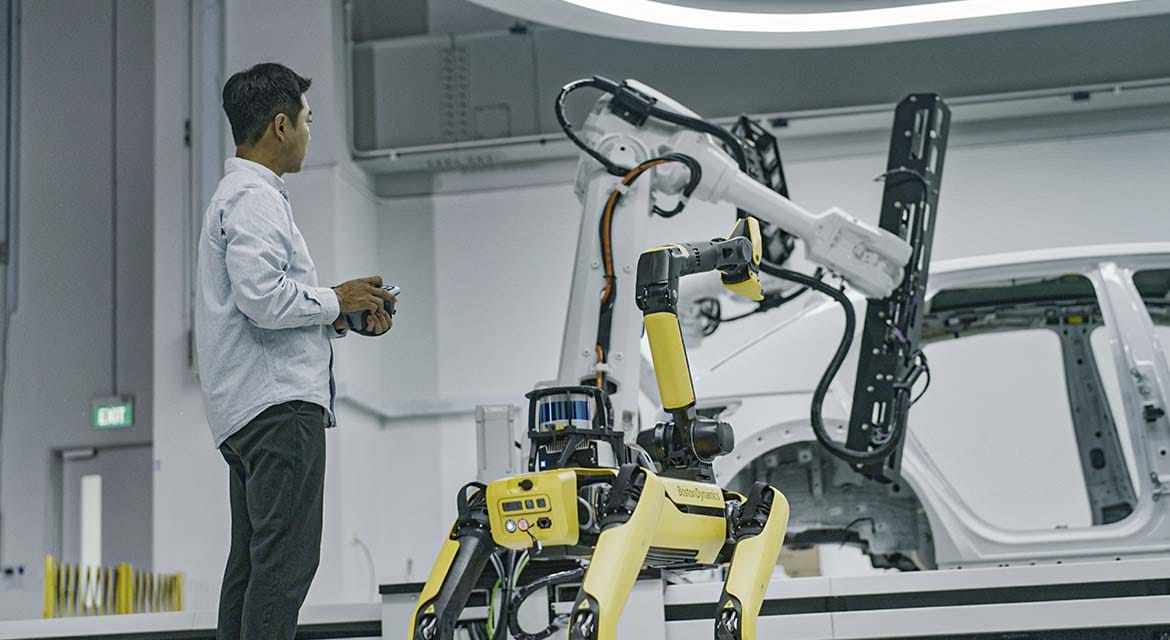 1.7 MB
1.7 MB
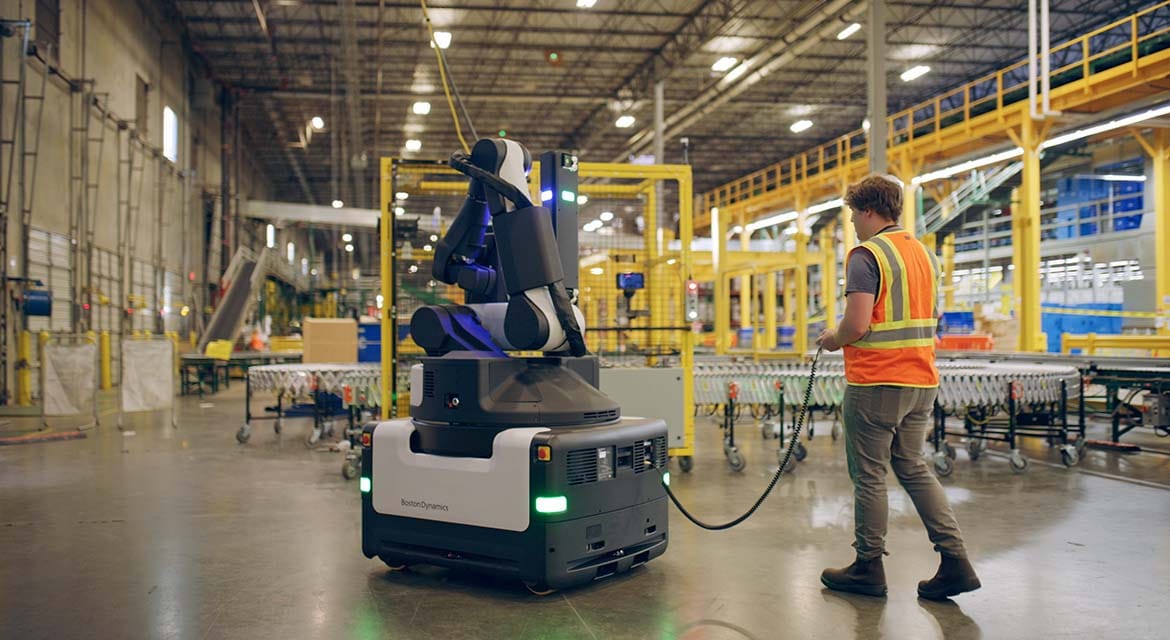 10.1 MB
10.1 MB

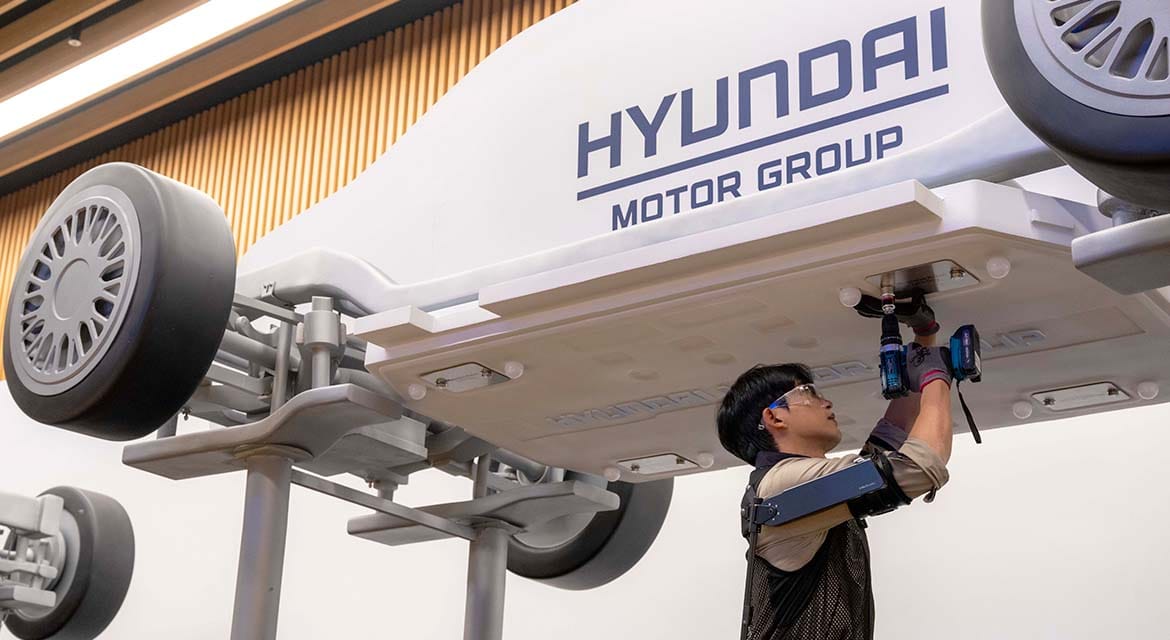 2.6 MB
2.6 MB
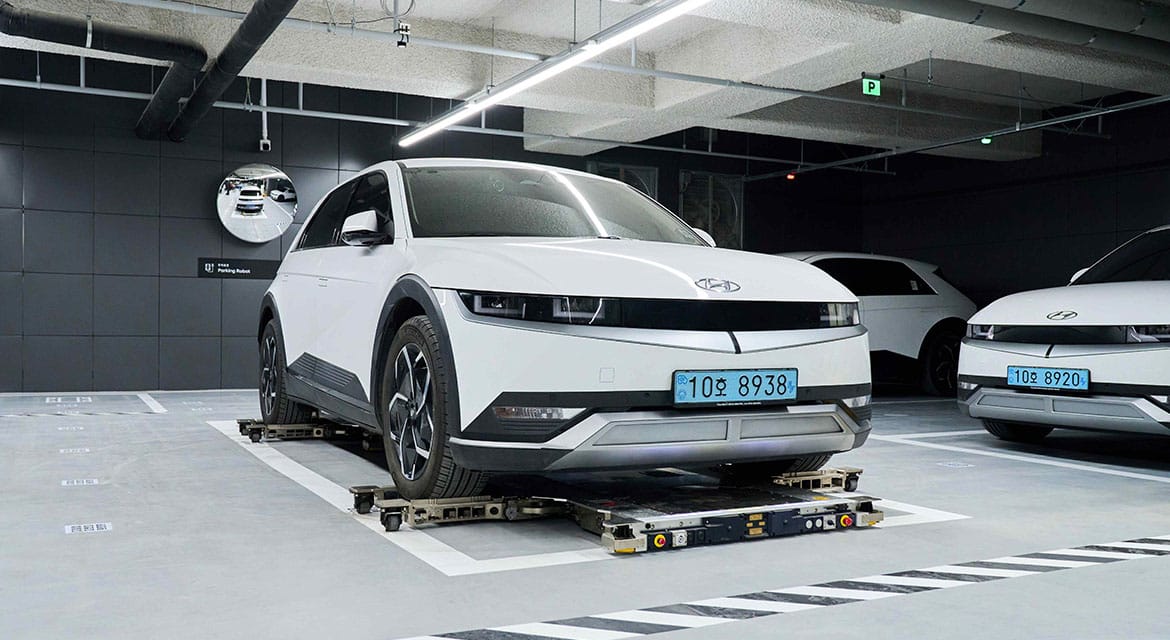 1.3 MB
1.3 MB
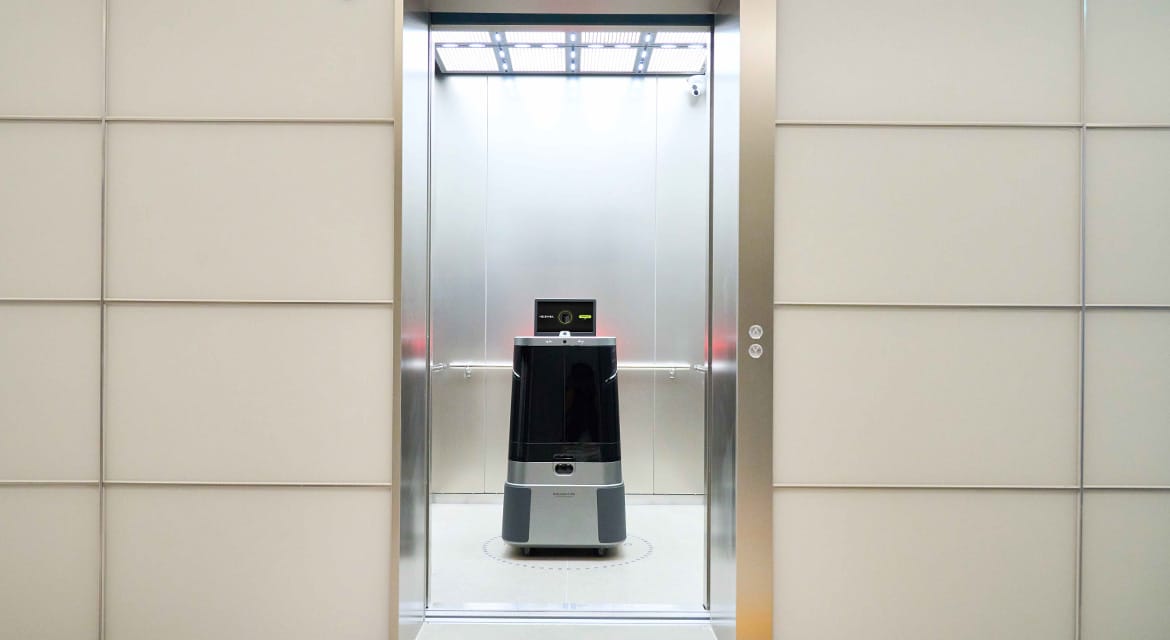 1 MB
1 MB
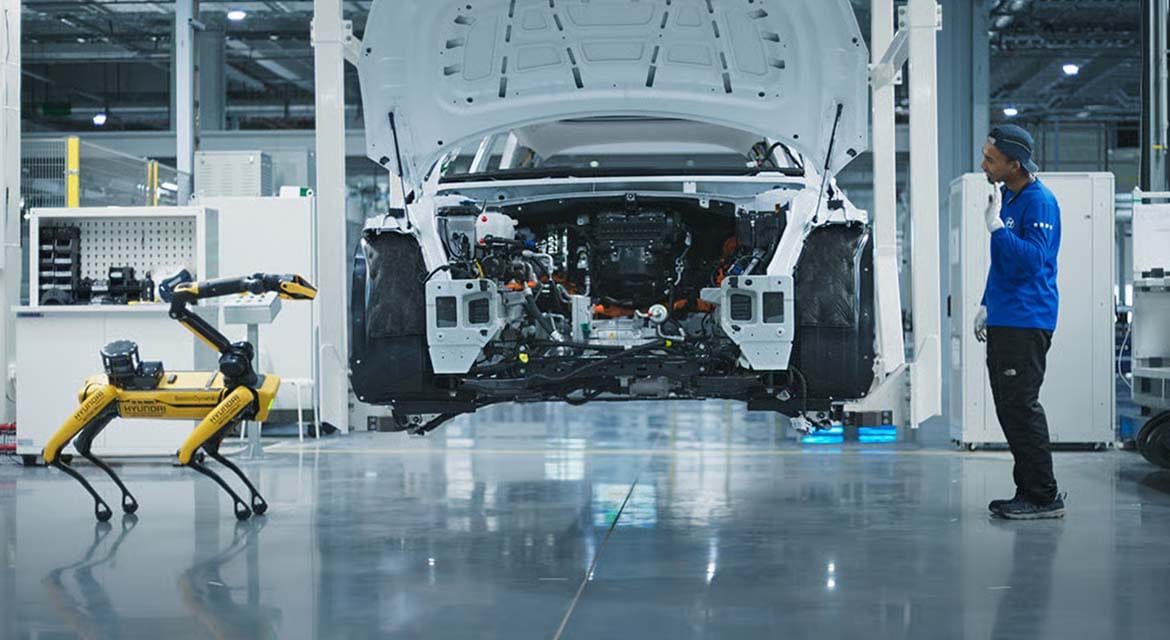 381 KB
381 KB